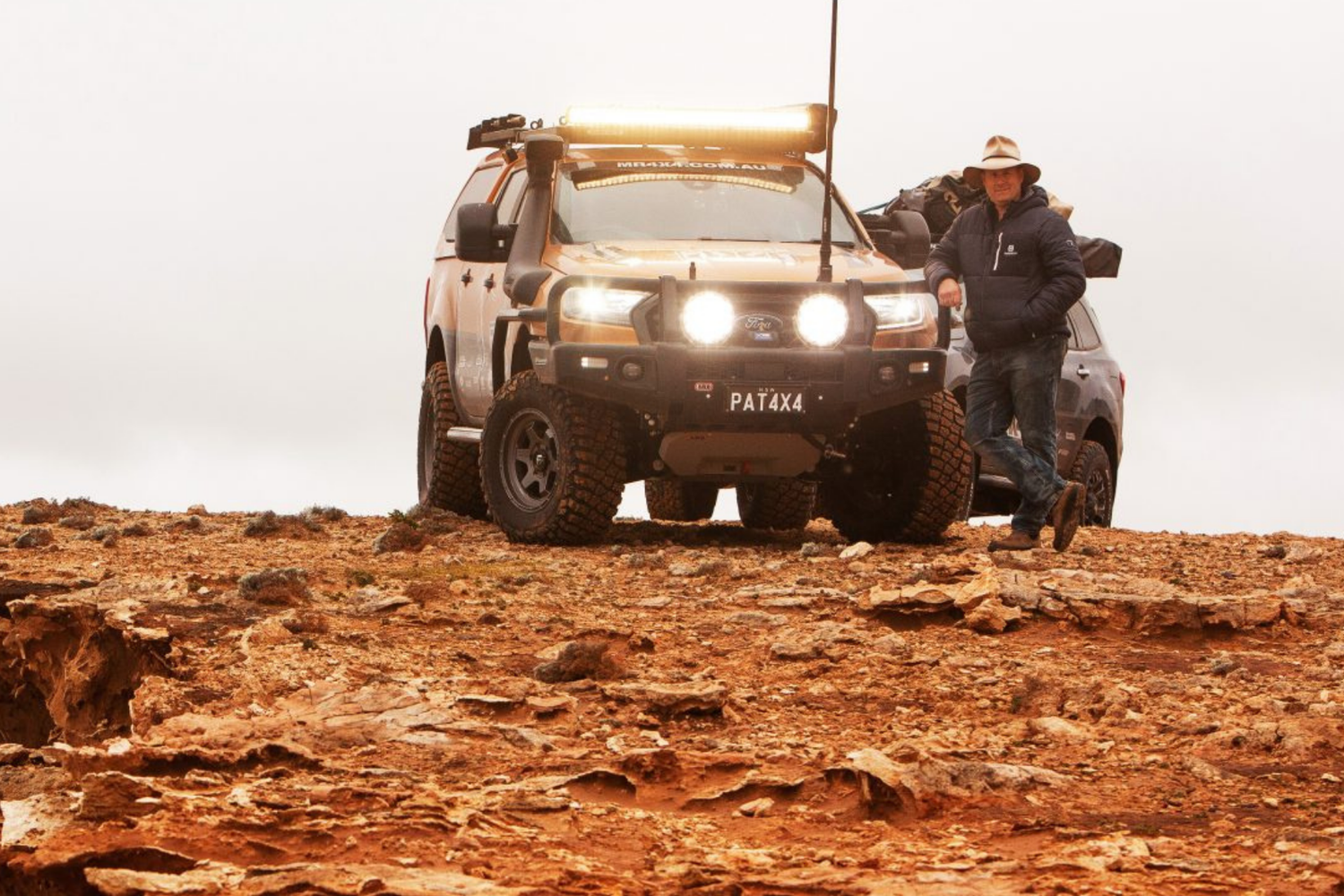Article from Mr4X4.
The southeast corner of South Australia is home to some of Australia’s most spectacular scenery, landscapes, and natural wonders. Find out why the Limestone Coast should be on your bucket list.
Words by Wes Whitworth Images by Tommy Salmon and Wes Whitworth
From Blue Lake in Mount Gambier to the Umpherston Sinkhole there are so many reasons to visit South Australia’s Limestone Coast; especially so in a four-wheel drive. As you may have seen on Pat Callinan’s 4X4 Adventures TV show on TEN, we ventured down into this incredible part of Australia in episode one of season 13. We visited the Naracoorte Caves to the north, the Piccaninnie Ponds in the south-east then across to Canunda National Park, and finally up to the Robe Sand Dunes in the north of the area. Buckle in, as we take you through some of the best the southeast of South Australia has to offer!
The Naracoorte Caves are a World Heritage Area that includes some 26 caves contained within the 3.05-square kilometre area of the World Heritage-listed area. It was recognised in 1994 by UNESCO (United Nations Educational, Scientific and Cultural Organization) due to the extensive fossil record found within the caves. The Naracoorte Caves National Park, however, covers over 6-square kilometres, and contains 28 known caves.
The fossil record contained within the Naracoorte Caves contains many different Australian megafauna fossils, offering both the scientific community and less learned visitors as well an incredible look back at Australia’s history. Only four caves are open to the public, and we were lucky enough to have Dr Liz Reed who’s a vertebrate paleontologist take us for a look through the caves.

Day6.111 limestone caves
Aside from the incredible fossils of megafauna from over the millennia, the caves also offer some spectacular stalactite and stalagmite formations to see. The caves and Naracoorte Caves – Wonambi Fossil Centre can be found about 11km south of Naracoorte on Caves Road. A little further to the south you’ve got Wirreanda Bunkhouse which offers both dorm-style accommodation as well as powered and unpowered camping sites.
Heading south from the incredible Naracoorte Caves, we met the coast just a few scant kilometres from the Victorian Border. Here we found somewhere that Pat had managed to visit before, however, was both Bill and my first time visiting; the Piccaninnie Ponds.
The conservation park covers some 8 square kilometres, and various different ponds. “First Pond” features an open depression about 10 metres deep, with a silt floor and vegetated fringe supporting local aquatic life, while the “Chasm” is a sinkhole that is over 100 metres deep. Further along, you’ll find the “Cathedral” with limestone formations that are approximately 35 metres deep.
Due to being fed by springs through the limestone, the water is incredibly clear, with visibility often exceeding 40 metres. It’s worth noting that we were required to obtain diving permits from South Australia Parks and Wildlife for the day and time we were there.
After watching Pat paddle around the Piccaninnie Ponds it was further up the coast to Canunda National Park. The area covers from South End in the north through to Carpenter Rocks in the south. Lake Bonney borders the park to the east with the South Australian coast to the west.

Day6Pano.007 limestone coast
We entered the park from the north, heading in via the township of Southend, which is a quaint village on the South Australian coast. From here we headed down to Kotgee Campground for a couple of nights, where (and those with a keen eye will notice) we shot the reveal trailer for the new Ranger and Everest that you may have seen on social media.
The stunning limestone cliffs of Cullen Bay are just a short walk, or a shorter drive from the campground, and offer up some absolutely stunning landscapes for the memory banks. I could keep telling you how amazing it was, however, I think I’ll let the incredible photography from Tommy Salmon do the talking.

Day7.277 robe sand driving
After enjoying the incredible limestone cliffs, blow-holes and rock formations of Canunda National Park, it was time for a bit of fun. The logical next location for us was the Robe sand dunes.
We entered the Robe dunes from the northern end of Stinky Beach, on the aptly named Stinky Bay. From there we ran south along the beach, wending our way through the foredunes and the rather interesting trails that run from side to side through the valleys that parallel along beside the beachfront.
After reaching the southern headland, we snuck up into the dunes proper where we spent more than a few hours chasing one another over and back through the dunes and sandhills that make up the Robe sand dunes.
If ever you get the chance to head down this way, or indeed if you’re a South Australian local, make sure you get over to the different areas we were able to sample. I can promise you, you won’t be disappointed as this area has something for everyone; from incredible seaside vistas to a bit of playing in the four-wheel-drive through to swimming in the crystal clear waters of the Piccaninnie Ponds.


